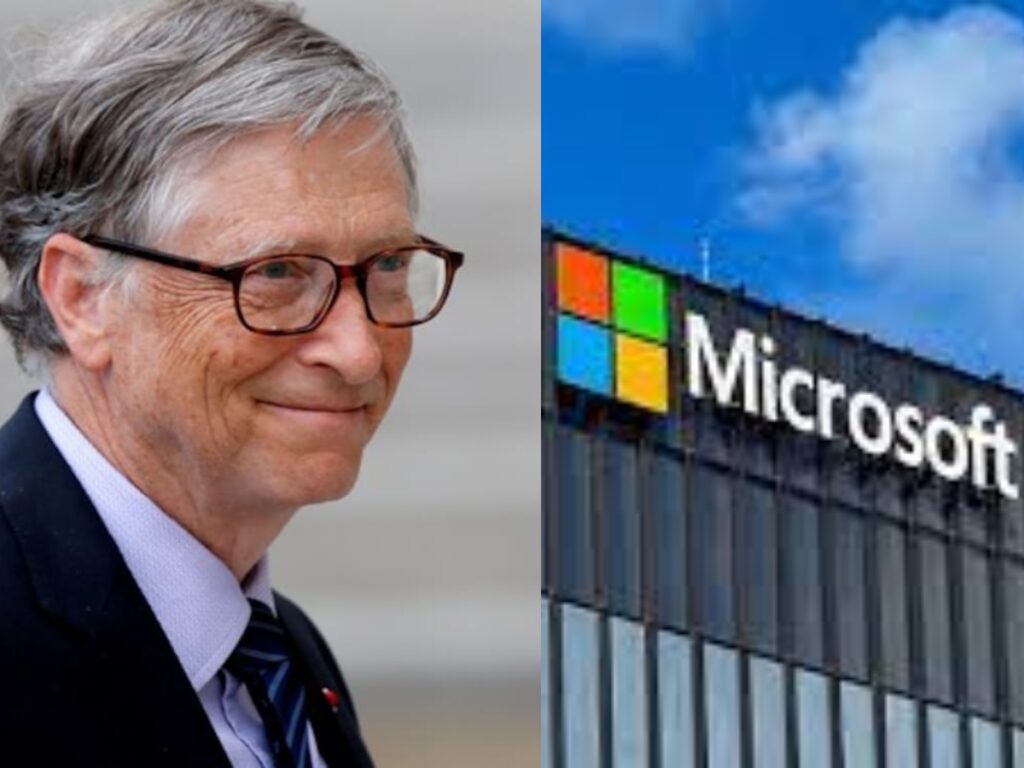Bill Gates is a well-known figure in the tech world, celebrated for his business success and innovation. As the co-founder of Microsoft, the world’s largest personal-computer software company, Gates is recognized for his visionary leadership, philanthropy, and role in the digital revolution. This article delves into the fascinating journey of Bill Gates, from his humble beginnings to reaching the heights of technological success.
Bill Gates :Early Life and Education
Born on October 28, 1955, in Seattle, Washington, Bill Gates exhibited problem-solving skills and logical thinking from a young age. Growing up in a stimulating environment with his parents involved in notable professions, Gates had early exposure to various possibilities. Despite his curiosity for computers, Gates took a different path when he entered Harvard University in 1973. However, his passion for software and computing led him to spend more time in the computer lab than in lecture halls. In 1975, Gates decided to drop out of Harvard, seizing an opportunity that would reshape personal computing.
Microsoft’s Beginnings:
In 1975, along with his childhood friend Paul Allen, Gates founded Microsoft, a name derived from “microcomputer” and “software.” Their initial project involved creating a version of the BASIC programming language for the Altair 8800, an early personal computer. The success of this project laid the foundation for Microsoft’s rapid rise.

Microsoft’s Turning Point:
In 1980, Microsoft reached a turning point by securing a deal with IBM to supply an operating system (OS) for their new personal computer. Recognizing the strategic importance of owning the OS, Gates negotiated a deal to license MS-DOS (Microsoft Disk Operating System) to other computer manufacturers, solidifying Microsoft’s position in the software industry.
The Windows Revolution:
In the 1980s, Microsoft’s Windows operating system gained prominence, introducing a graphical display and a user-friendly computing experience. This innovation transformed personal computing, making computers more accessible to the general public and establishing Microsoft’s dominance in the software market. Gates’ forward-thinking leadership guided Microsoft through challenges, including legal hurdles, ensuring the company’s growth and impact.
Billionaire Philanthropist:
In 2000, Bill Gates stepped down as Microsoft’s CEO to focus on philanthropy. Alongside his then-wife Melinda, he founded the Bill & Melinda Gates Foundation, committed to addressing global health, education, and poverty challenges. The foundation played a leading role in eliminating diseases and advocating for education on a global scale. Gates’ dedication to philanthropy is evident through initiatives like the Giving Pledge, urging billionaires to contribute to critical societal issues.
Legacy and Impact:
Bill Gates’ impact extends beyond technology. His creativity and commitment to making a positive difference have left an indelible mark on the world. Microsoft’s products are part of millions of lives, and Gates’ philanthropic work continues to shape global initiatives for a better future. His success story serves as inspiration for aspiring entrepreneurs and leaders, emphasizing the importance of foresight, determination, and positive impact.
Conclusion:
In conclusion, Bill Gates is not just a tech luminary but a symbol of transformative impact and philanthropic commitment. From co-founding Microsoft to revolutionizing personal computing, Gates has made history. His journey from a computer enthusiast in Seattle to a global influencer underscores the potential of innovation and the profound difference one individual can make. Gates’ philanthropic endeavors, especially through the Bill & Melinda Gates Foundation, exemplify a deep commitment to addressing global challenges, inspiring future generations of entrepreneurs and leaders.

